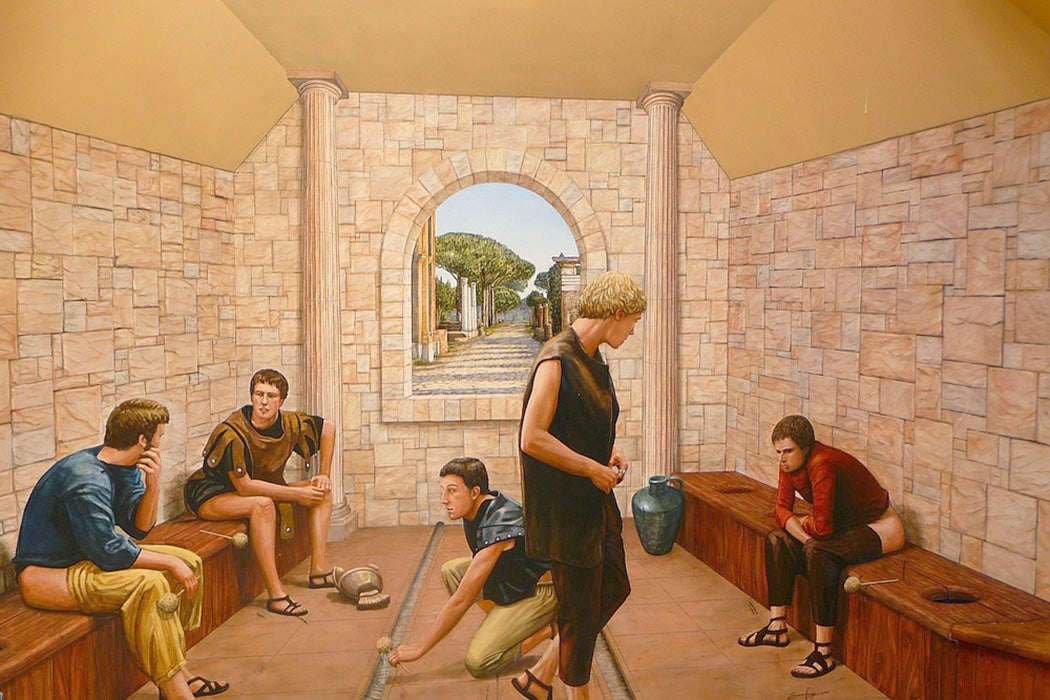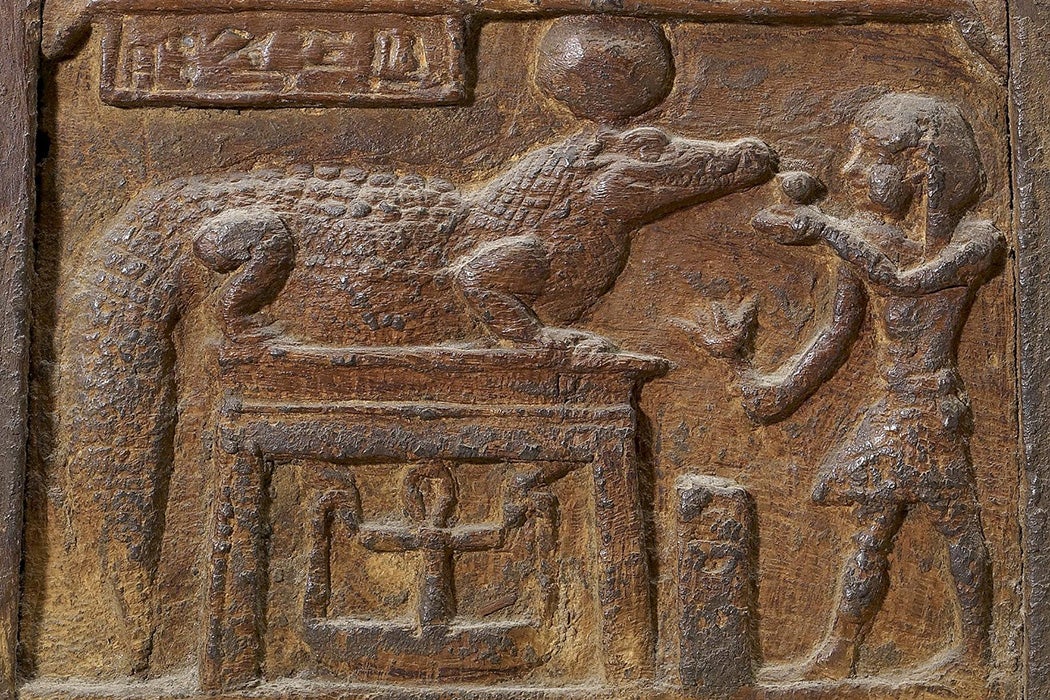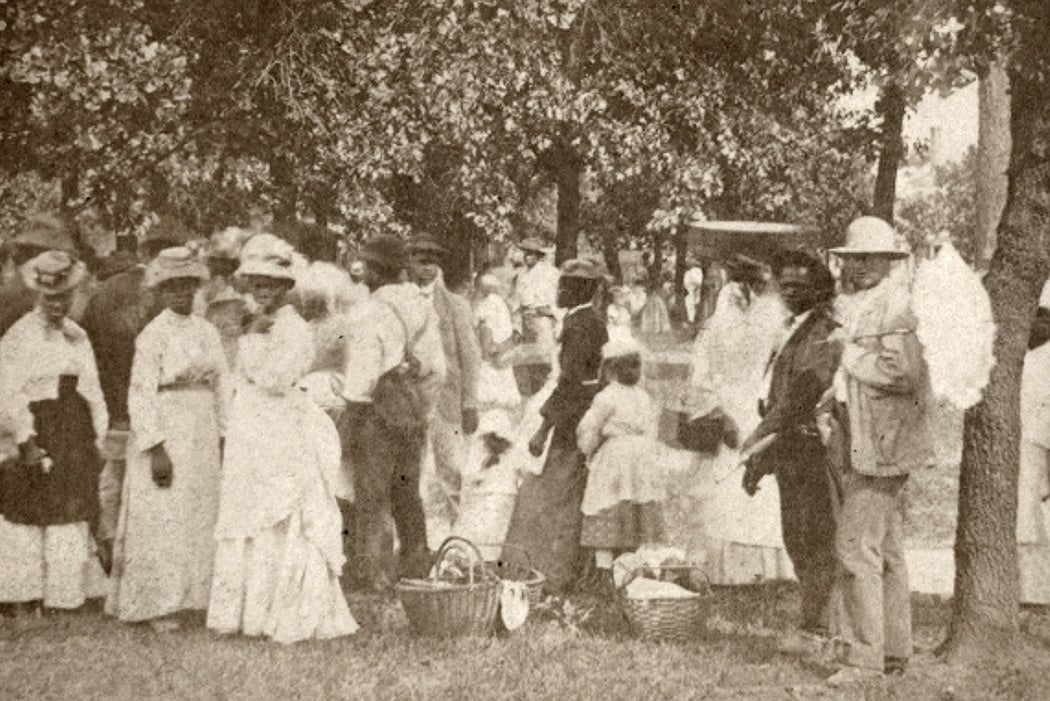Of the 649 new stories we published this year, these ten—highbrow and low—drew the most readers.
Institutionalized Racism: A Syllabus
May 31, 2020
How can we help students understand George Floyd's death in the context of institutionalized racism?
Francesca Vidotto: The Quantum Properties of Space-Time
May 29, 2020
Theoretical physicist Francesca Vidotto on feminist epistemology, white holes, string theory, and her book (with Carlo Rovelli) on loop quantum gravity.
Jennifer Nuzzo: “We’re Definitely Not Overreacting” to COVID-19
April 6, 2020
Johns Hopkins epidemiologist and infectious disease expert Jennifer Nuzzo on why vaccines aren’t the answer, how COVID-19 is unique, and how to stay safe.
Crocodiles in Ancient Egypt
October 26, 2020
According to archaeologists, it looks like worshipers of the croc deity Sobek bred the Nile's most famous reptile for mummification.
Black English Matters
February 12, 2020
People who criticize African American Vernacular English don't see that it shares grammatical structures with more "prestigious" languages.
John Gray: Cats Can Teach Us about the Meaning of Life
December 6, 2020
Philosopher John Gray on why he is critical of prevailing ideas of progress, his friendship with Isaiah Berlin, and the wisdom of cats.
The Linguistic Evolution of Taylor Swift
September 2, 2020
If Taylor Swift shifts her accent in her transition from country to pop, does she lose the personal authenticity important to country music?
Teaching Pandemics Syllabus
April 6, 2020
Readings on the history of quarantine, contagious disease, viruses, infections, and epidemics offer important context for the current coronavirus (COVID-19) pandemic.
How Black Americans Co-opted the Fourth of July
July 3, 2020
After the Civil War, white southerners saw the Fourth of July as a celebration of Confederate defeat. Black southerners saw opportunities.
This Is How They Wiped Themselves in Ancient Rome
July 24, 2020
A very gross but extremely informative look at the archaeology of toilet hygiene.















